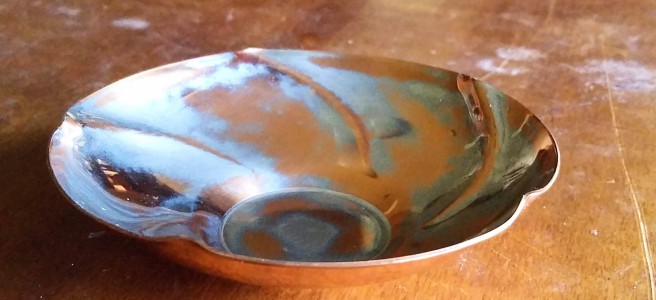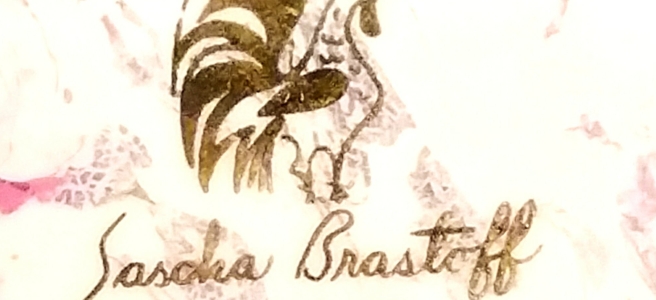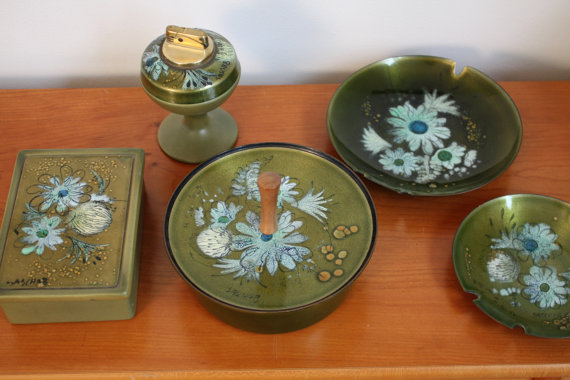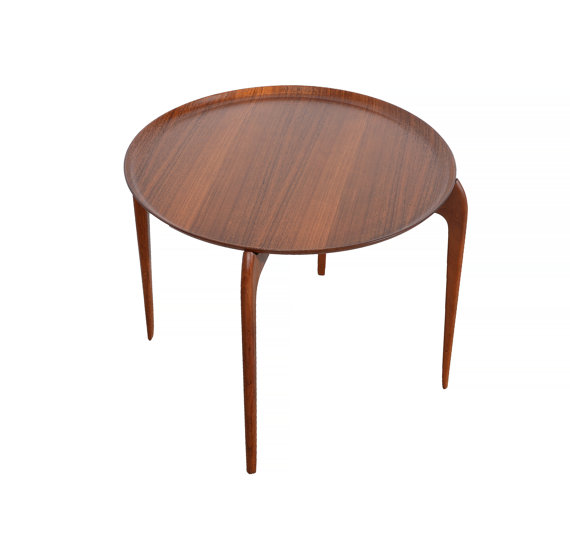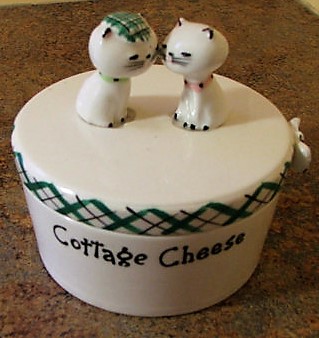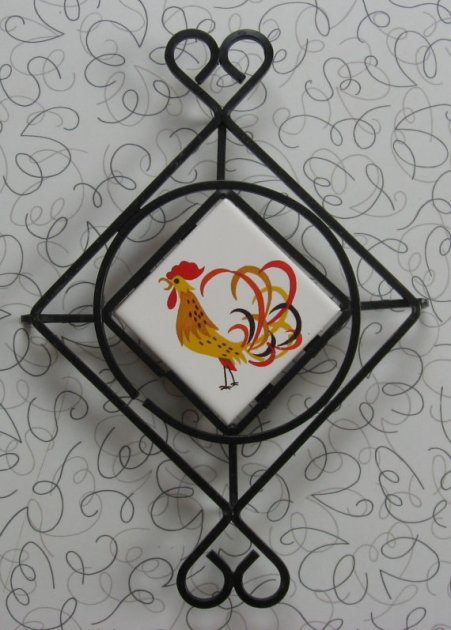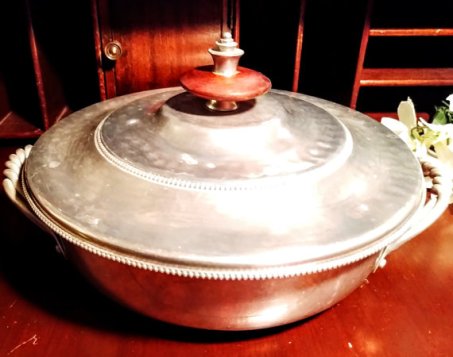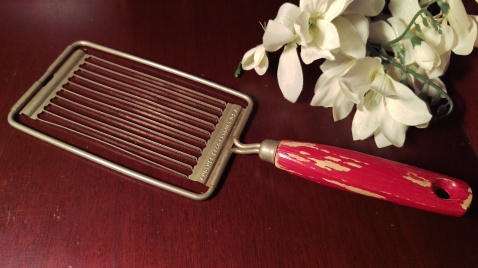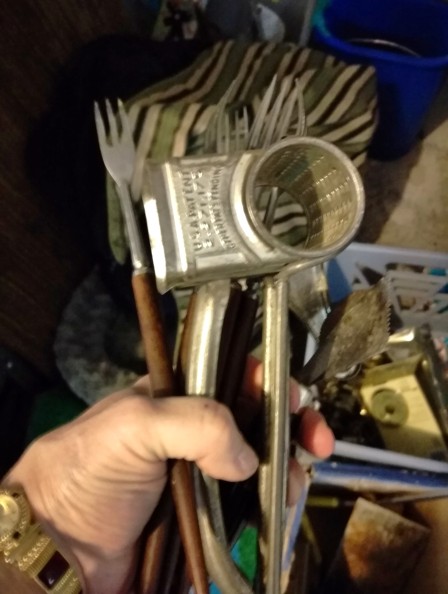There’s been a number of new things added to the shop recently. As you know by now if you’ve been reading this blog for any length of time, I like to find the backstories and histories on my pieces. However, now and again, there just isn’t much information on a company or a piece. That doesn’t mean that they don’t deserve a mention! So here are some honorable mentionables.
Take a look at this gorgeous copper bowl!


I’ve had this beautiful copper bowl for a bit in the store, however, there is very little information about the maker. Peter Manzoni was a metal worker back in the 1920s in Boston, Massachusetts. The bowl is beautiful, shaped like a flower with a gorgeous silver wash that complements the copper and the shape. It’s small, at only about 4 1/2″ across, but it’s got style for miles. It’s signed on the bottom, and is one of his better known shapes.

All I can find out about him, though, is that he was part of the Boston Arts and Crafts Movement. He was a metalworker who also contributed to a book called “Metalwork for the Amateur” in 1936. He also partnered later with Angelo Martini to form Manzoni and Martini Art Metal Company. That’s about what I know of this amazing metal worker. If anyone has anymore information, please share in the comments!
Here’s another one …

This is a Dru Holland single casserole baking dish. Dru was a popular company during the 1960s due to a resurgence in enameled cast iron. This stuff is durable, although prone to chipping. Unfortunately, there’s not a lot about the company that I can find. Most of their stuff that I’ve found is either light blue or mint green with these tulip designs or other flowers. It was made from the 1930s to the 1960s. Love the look.

Finally, there’s this adorably round pitcher

It was made by Queens Art Pewter. The company was in business from the 1930s to the early 2000s. I know that the “Queens” part of their name comes from Queens, New York, which is where they were based, and that 80% of their products were pewter. They also had a silver line. But that is all I’ve been able to glean about them.


So there are three pieces that I have in the Vintage Eve’s shop that are really cool, but that I can’t seem to find much information on, one way or the other. If any of you have information on any of these pieces, please share in the comments! I love to hear from you.
I hope you have enjoyed this quick peek today. Have a great week!

